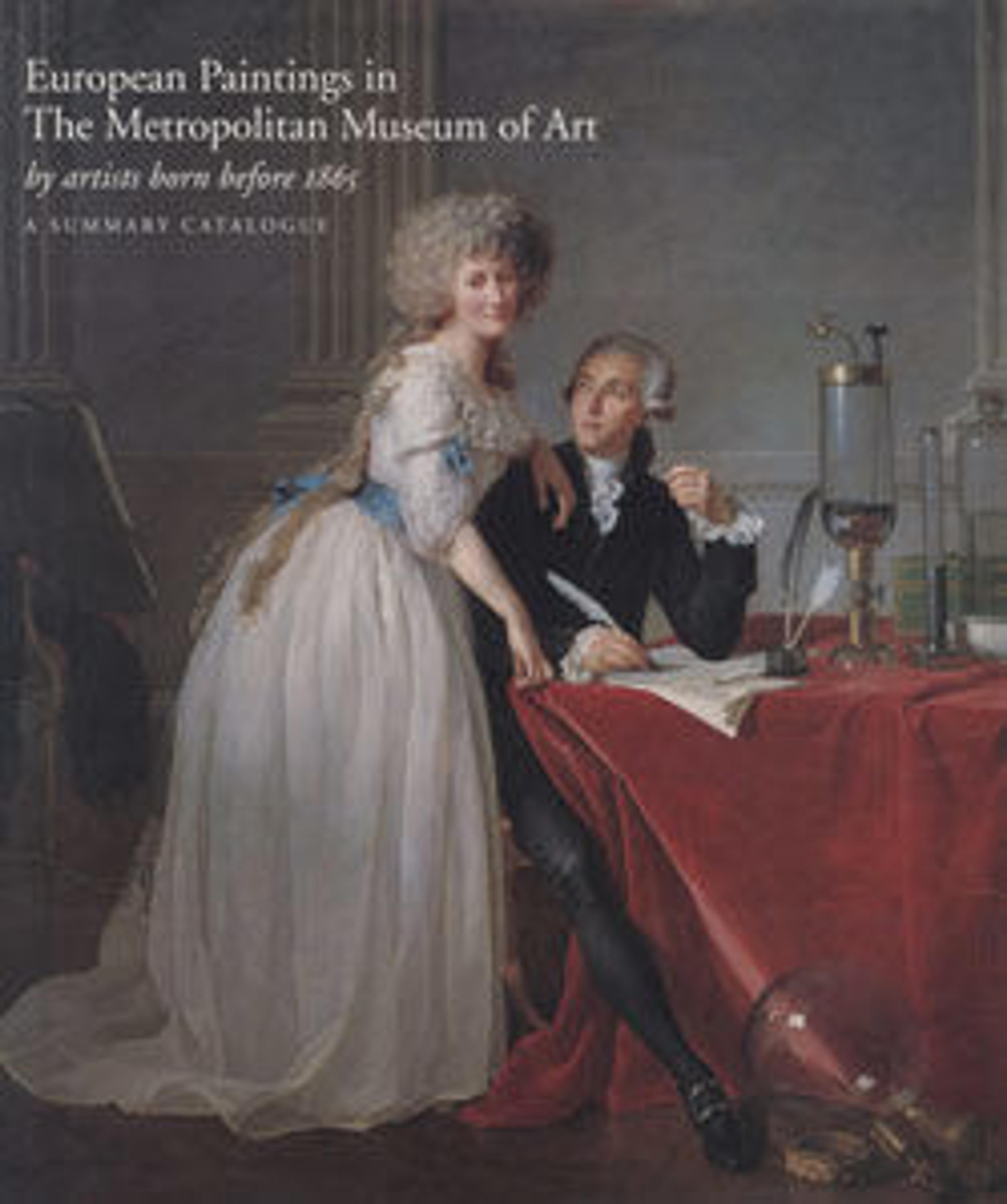Saint Catherine of Alexandria
Saint Catherine, a fourth-century Christian martyr, is shown with the spiked wheel used to torture her. The sword and books are also traditional attributes of the saint. An artist of exceptional refinement and elegance, Bernardo Cavallino specialized in small-scale paintings and half-length compositions that owe much to the naturalistic style of Ribera and to the example of Venetian painting filtered through Rubens.
Artwork Details
- Title: Saint Catherine of Alexandria
- Artist: Workshop of Bernardo Cavallino (Italian, Naples 1616–1656 Naples)
- Medium: Oil on canvas
- Dimensions: 50 1/4 x 40 1/4 in. (127.6 x 102.2 cm)
- Classification: Paintings
- Credit Line: Rogers Fund, 1943
- Object Number: 43.23
- Curatorial Department: European Paintings
More Artwork
Research Resources
The Met provides unparalleled resources for research and welcomes an international community of students and scholars. The Met's Open Access API is where creators and researchers can connect to the The Met collection. Open Access data and public domain images are available for unrestricted commercial and noncommercial use without permission or fee.
To request images under copyright and other restrictions, please use this Image Request form.
Feedback
We continue to research and examine historical and cultural context for objects in The Met collection. If you have comments or questions about this object record, please contact us using the form below. The Museum looks forward to receiving your comments.
